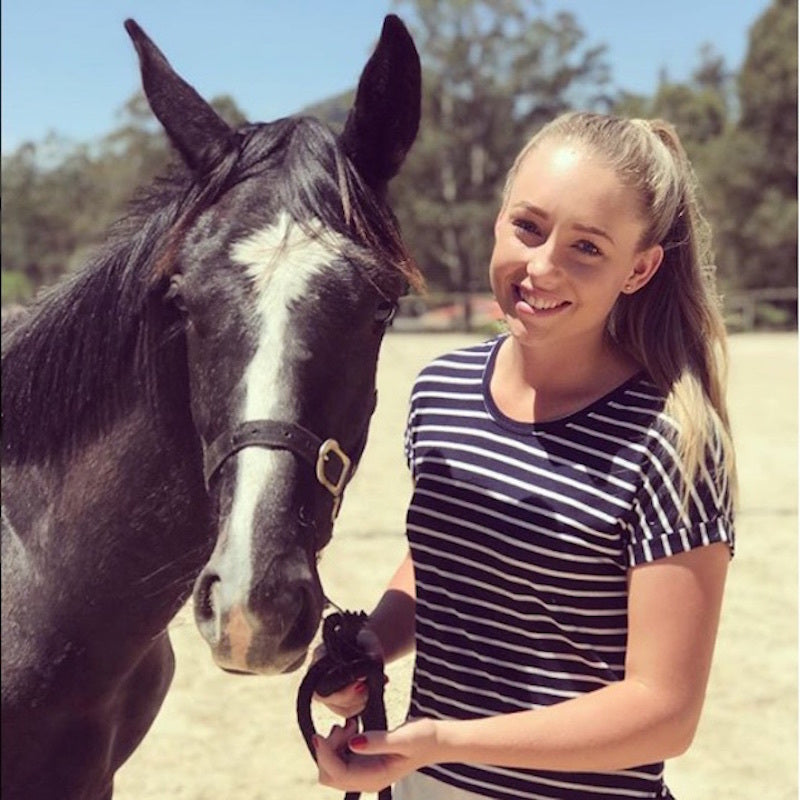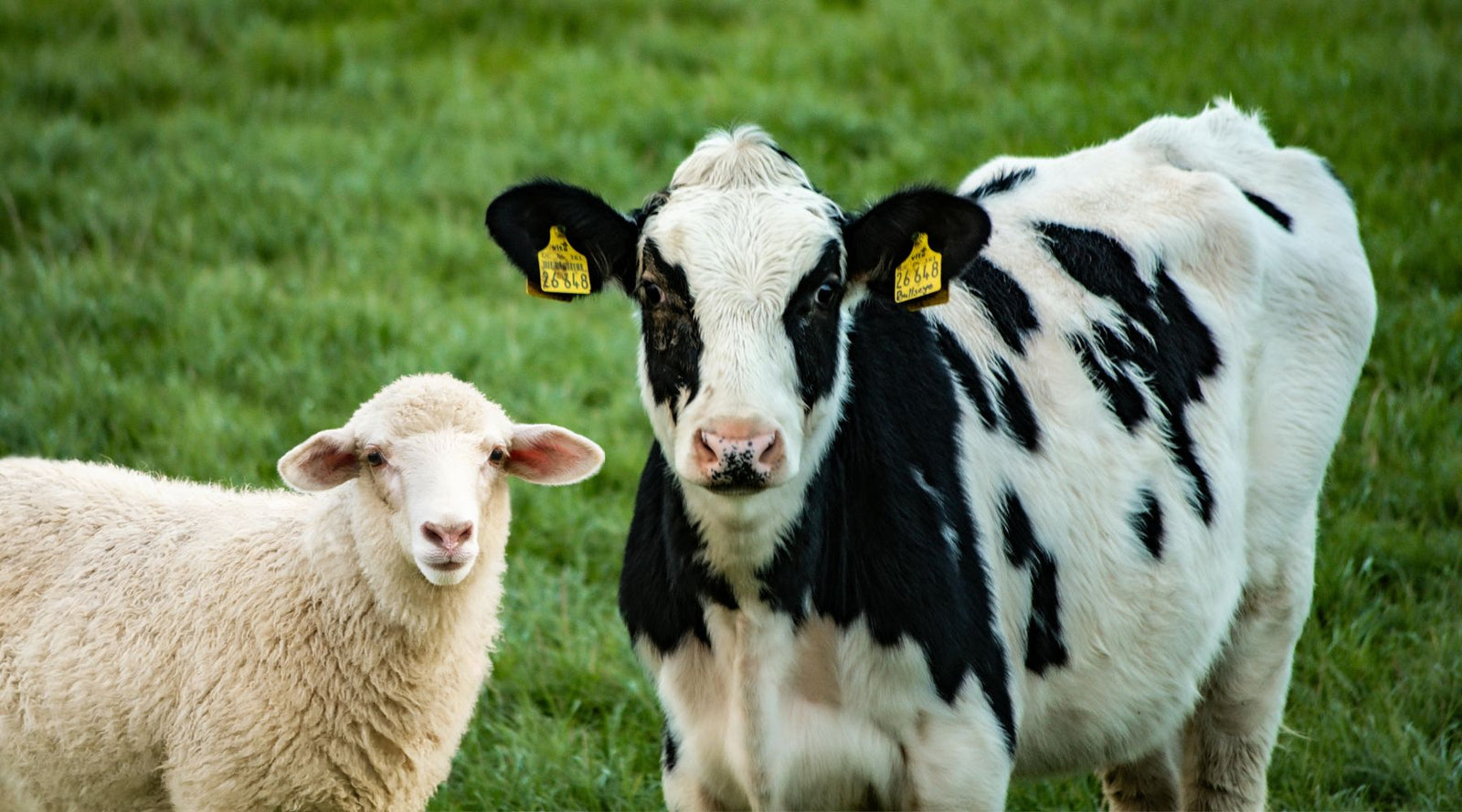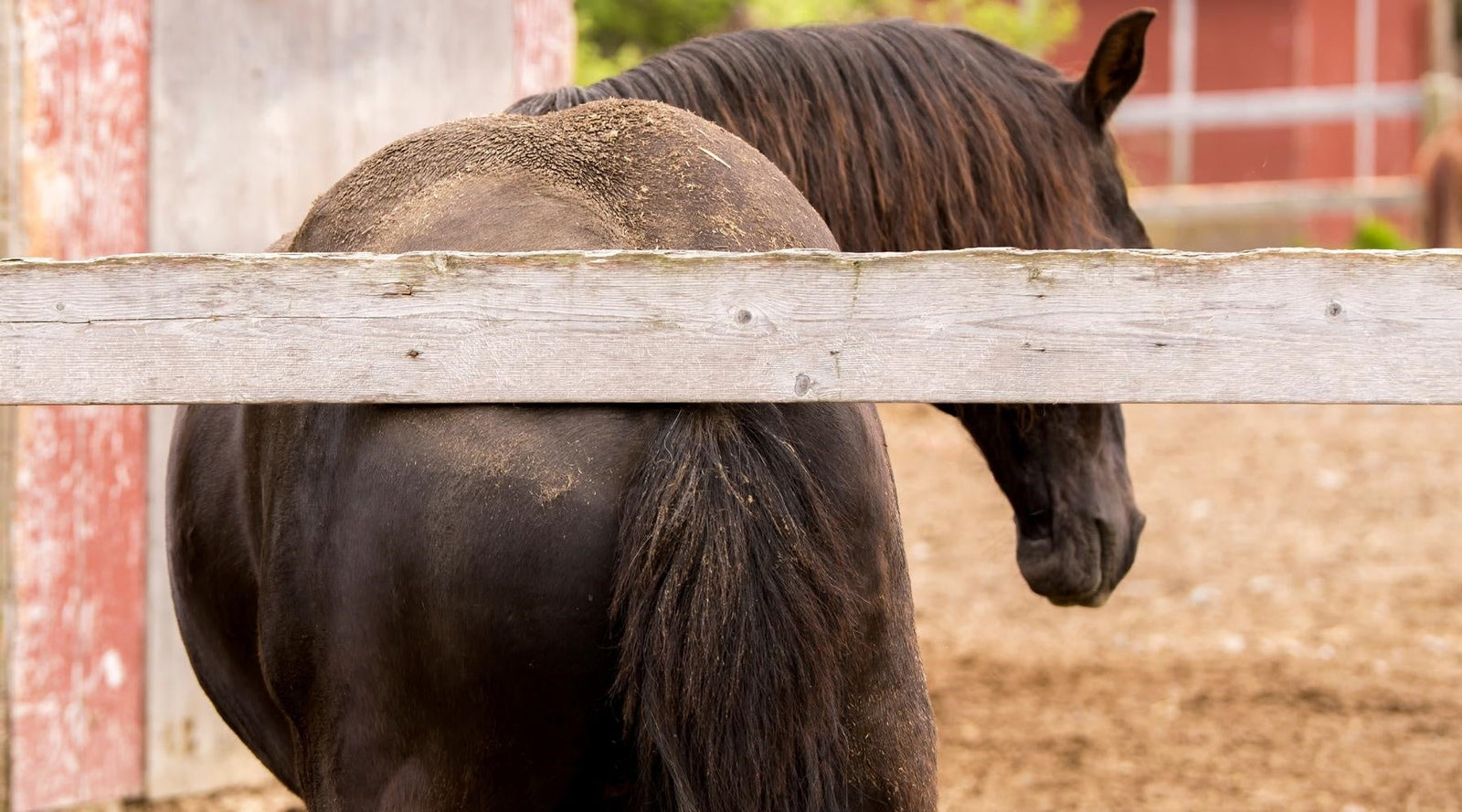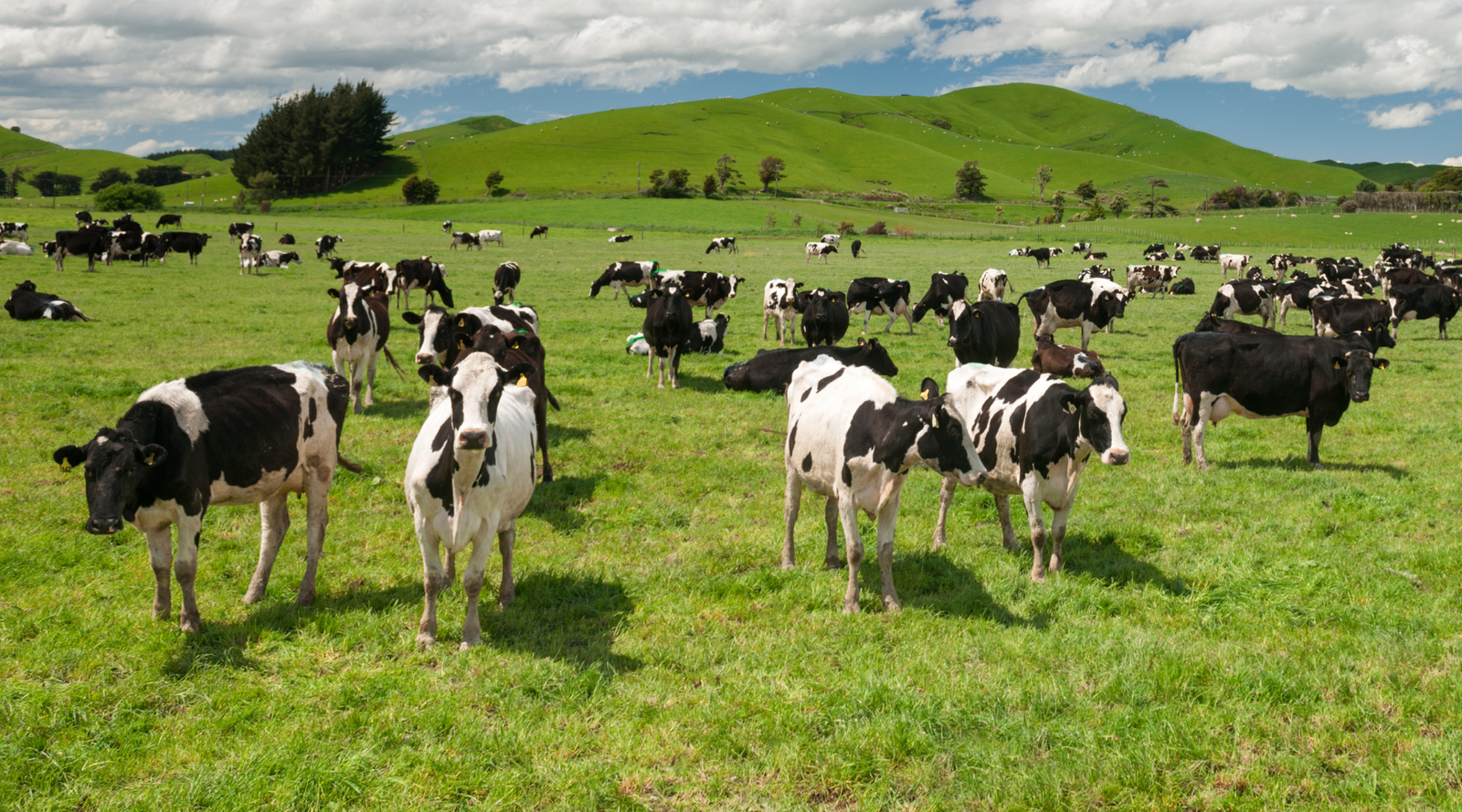Horse & Rider
Supporting Horses with Laminitis: Natural Remedies & Prevention Tips
by Fiona Lane March 25, 2025
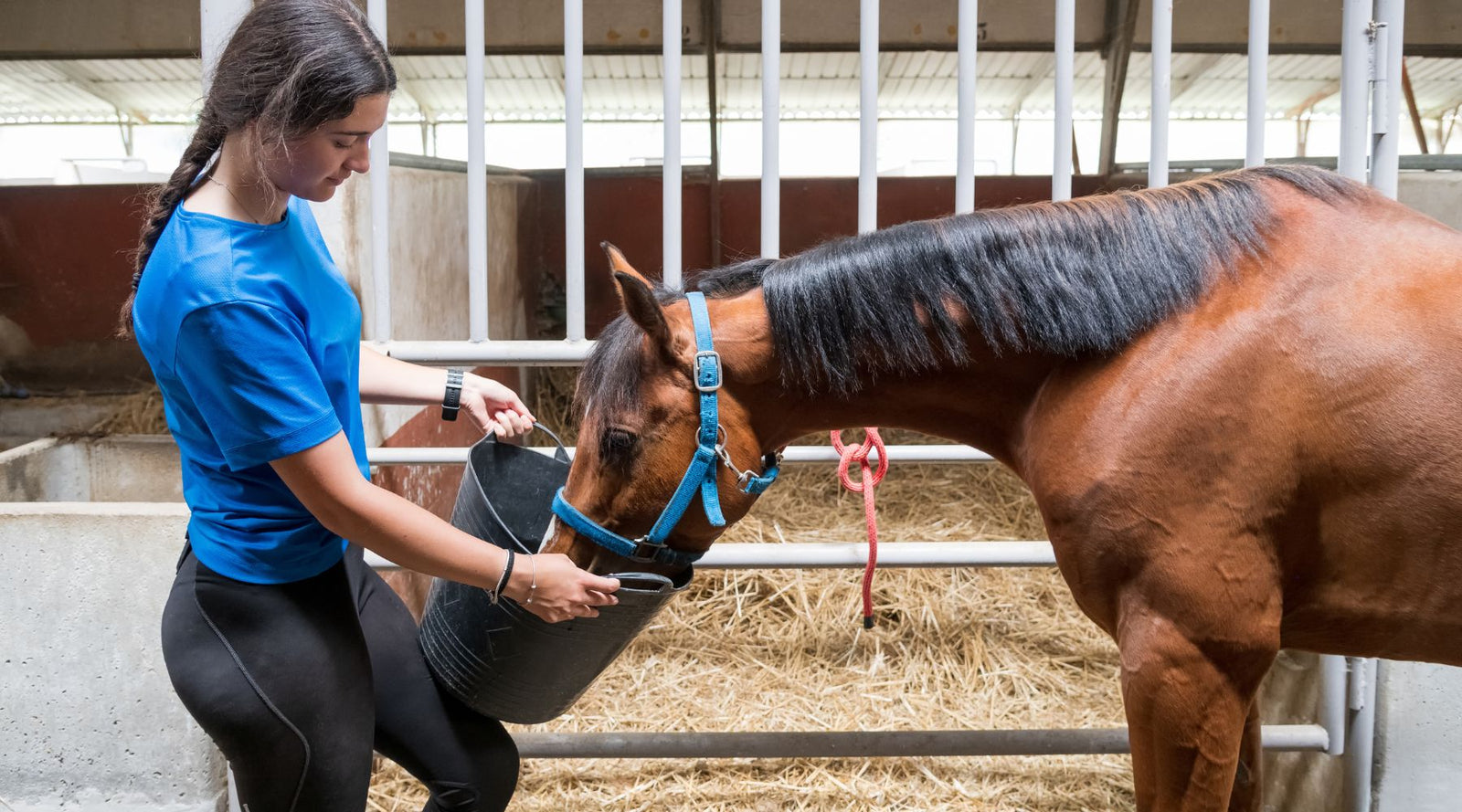
Key Highlights
- Recognise signs of laminitis flareups and act quickly to help reduce symptoms
- Start dosing with our LamATK remedy
- Prevent future laminitis flareups with actionable tips
Act Quickly When You Notice Laminitis Symptoms
If your horse is experiencing laminitis symptoms, it’s important to take action quickly as early support can help to limit long-term hoof damage – whether you’re dealing with a minor episode or a more serious flareup.
We have two remedies in our hoof care range professionally formulated to support horses. LamATK can help to provide immediate support for horses experiencing symptoms and can be used as an additional measure in your laminitis treatment. LamiPrev, on the other hand, can assist with preventing laminitis attacks in horses prone to flareups.
In this guide, we’ll explain how to support a horse with laminitis and share practical prevention tips to help reduce future flareups.
If you’d like to know more about the causes and symptoms of laminitis, read our in-depth guide.
How to Support a Horse with Laminitis
Laminitis can be painful and cause distress and discomfort. And unfortunately, once a horse has experienced laminitis, they are more likely to have recurring attacks in the future.
Step 1: Recognise Symptoms and Act Quickly at the First Signs of Laminitis
Laminitis usually affects the front feet. Some of the early symptoms you may notice are:
- Rocking back onto their back heels, shifting weight to relieve pressure on their front feet
- Hooves that feel hot to the touch
- A strong pulse near the fetlock
- An overall reluctance to move more than normal.
If you notice any of these signs, we recommend limiting movement and removing access to feed that is high in sugar, including lush green grass. If you have any concerns about the health of your horse at any stage, contact your veterinarian.
Step 2: Start dosing with our LamATK remedy
Our LamATK remedy can be used to provide immediate immune system support as soon as symptoms appear. Keeping this remedy handy means you can act quickly, even while you wait for your veterinarian, and continue to dose alongside any prescribed medications or treatments.
✔ When to Use:
- At the first signs of a laminitis flare-up
- Safe to use alongside vet-prescribed treatments like Bute
✔ How to Dose:
· Apply two pumps directly into your horse’s mouth or onto a small treat.
· The remedy is absorbed by the mucus membrane so just needs to make contact with the lips, tongue or gums.
· This remedy is only available in our 90ml pump bottle format for oral dosing. It’s not suitable for adding to the water trough.
· Once the symptoms of laminitis have reduced, you may want to switch to our LamiPrev to assist with preventing recurrence.
LamiPrev – Preventative Care for Laminitis-Prone Horses
Horses that have had laminitis once are more likely to experience it again. Our LamiPrev has been professionally formulated to support horses who are prone to laminitis. Start dosing early – before you expect seasonal pasture changes – or immediately after high risk feeding events like grain gorging, but before symptoms present.
✔ When to Use:
- Start dosing at least two weeks before new grass growth is expected
- During high-risk grazing periods
- After a grain gorging incident, but before symptoms are present
✔ How to Dose:
- Apply two pumps directly into your horses mouth or onto a small treat.
- The remedy is absorbed by the mucus membrane so just needs to make contact with the lips, tongue or gums.
- Dosing frequency is dependent on how susceptible your horse is to laminitis and the risk factors present.
- Reduce dosing frequency as risks decrease.
- For grain gorging incidents, give 2 pumps every 15-30 minutes for up to 4 doses, then spread to every 2 hours. We also recommend consulting your veterinarian.
- This remedy must be dosed orally and is not suitable for adding to a water trough.
Step 3: Prevent Future Laminitis Flare-Ups
Laminitis doesn’t go away on its own, so treating this condition and managing any pain and discomfort is essential. It can also be helpful to manage some of the key factors that can lead to a laminitis attack:
· Manage grazing carefully – avoid turning out onto lush grass, especially in late afternoon when sugar levels can peak.
· Limit grain-based feeds – too many starches can overload the hindgut, leading to toxin buildup.
· Feed low-sugar, high-fibre hay – soaking hay in water can also help to remove excess carbohydrates.
· Watch for metabolic issues – overweight horses and those with Equine Metabolic Syndrome (EMS) or Cushing’s disease are at higher risk.
· Use LamiPrev preventatively – supports digestion of starches in grass and feed, providing a head start against a laminitis attack.
Final Thoughts: Support Starts Early
Laminitis is a serious condition, but early intervention and prevention can make all the difference. With LamATK for immediate support and LamiPrev for long-term prevention, you can help keep your horse comfortable, even during high-risk times of the year.
Read our in-depth guide to learn more about laminitis.
General Disclaimer: Always follow dosing instructions. Our remedies are formulated to support the natural immune system of horses, pets, livestock, and people. We do not claim to treat, medicate, or cure any health conditions. If you are worried an animal may be in pain or suffering, please contact your veterinarian.

